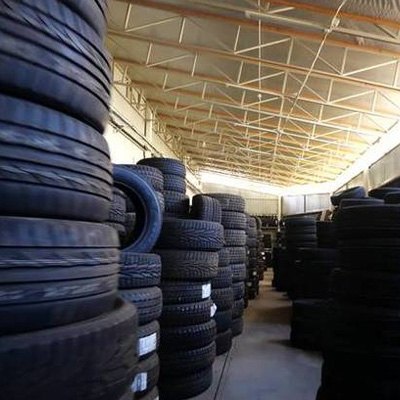坤荣橡胶
ABOUT US
浙江坤荣橡胶科技股份有限公司
浙江坤荣橡胶科技股份有限公司位于国家“五 A 级风景名胜区”—浙江省天台山境内,是一家集实心轮胎、实心轮胎专用基部胶、胎面再生胶、再生胶脱硫设备研发制造为一体,专业研发实心轮胎生产及实心轮胎基部胶生产配方工艺、“常温连续脱硫设备”及各类型再生胶配方的国家级高新技术企业。

再生胶
公司自主研发制造节能环保型管式再生胶常压连续脱硫设备生产再生胶是公司的创新点,产品明显优越于同行业,产品广泛服务于中策集团,浙江三维橡胶制品股份公司等行业内优秀企业。
实心轮胎
产品具有“耐切割、耐穿刺、耐高温、耐腐蚀、耐磨损、低阻力、无爆胎隐患及维修费用低廉”的特点,是充气轮胎不具备的特有优势,适用于地面复杂恶劣工况下作业的机械车辆。
精细橡胶粉
精细橡胶粉是一种粉粒状材料,经坤荣橡胶改进后提供的胶粉,它的性能比同类胶粉性能更好、硫化胶的拉伸强度、伸长率及磨耗等越接近原胶的性能,并提高了耐磨性。
坤荣橡胶
是一家专注于“废旧轮胎循环利用”技术研发与生产的高新技术企业,先后通过ISO14000环境管理体系认证及ISO9001质量管理体系认证,拥有坤荣、劲达、鼎佳三大品牌。
新闻资讯
NEWS INFORMATION

















